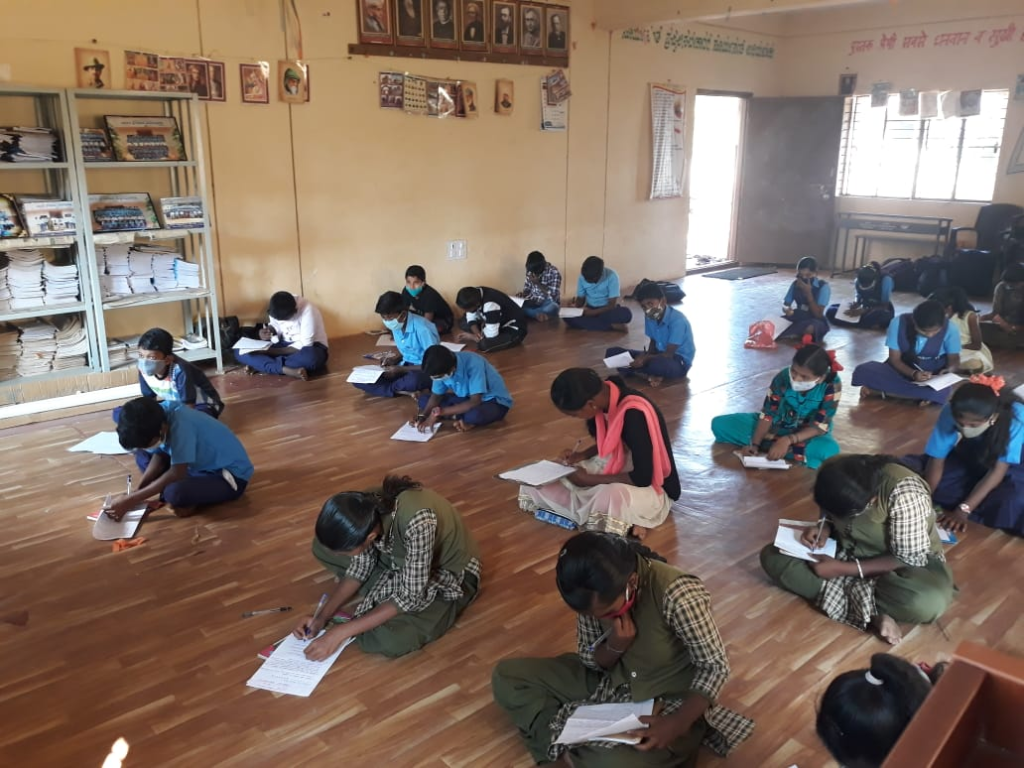Back to School: Are we ready?

The education system across the world has suffered a long unforeseen gap due to COVID-19. The nationwide lockdown has made over 1.5 million schools shut and affected the learning of lakhs of students across India. COVID-19 situation has forced parents, educators and policymakers to choose between the education and health of children.
Even though governments, Non-governmental Organisations and teachers persistently worked to make alternative means of education work for all students, structural obstacles regarding internet access, mobile phone availability have hampered their efforts in reaching all the students.
With the unlock 5 guidelines many states in India such as Goa, Karnataka, Andhrapradesh, Assam have opened up schools. Many government schools have reported good attendance and saw a large number of students turning up for the classes.
Why do schools need to be reopened?
- When schools around the world began shutting down in March, child protection experts predicted that large numbers of children in the poorest parts of the world might never return to the classroom. UNESCO recently released a projection covering 180 countries, estimating that 24 million children may not return to education in 2020 due to the pandemic.
- UNESCO estimated at the end of March that more than 89% of students enrolled in education globally, including nearly 743 million girls, were out of school because of Covid-19 closures.
- As the schools were shut for a long time, many students have also been forced to work by families standing at the precipice of poverty.
- The situation has also made girl students more vulnerable to child marriage. Informal workers have lost their livelihoods and there is a higher chance of them marrying their underage daughters to reduce the number of mouths to feed.
- Children staying at home are vulnerable to abusive family members and have neither the escape of the school nor the support structures of teachers and friends.
- The Childline 1098 helpline saw a 50% increase in the number of calls received since the lockdown started.
- The Kailash Satyarthi Foundation surveyed 53 NGOs working with children and found that 89% of them anticipated a rise in trafficking and 64% expected a rise in child marriage after the lockdown.
There are apprehensions regarding the reopening of schools in the middle of the pandemic.
- Reopening of schools poses a greater risk to students, parents, grandparents, teachers, staff and the public.
- The students and teachers travelling in public transport and shared conveyances may potentially contract COVID-19 from and infect other passengers.
- Panic regarding the new variant of COVID-19 may also limit the number of students returning to school.
Way forward
With schools reopened, teachers must be supported by the community so that they can effectively make up for the learning gap and successfully monitor the practice of social distancing norms by students. Local-level bureaucracy must prepare a decision model for the reopening of schools. The ability to reopen schools shall also depend greatly on the ability to follow the COVID-19 protocols. Reopening schools is the first step towards getting back to normalcy. While stepping forward in the direction of normalcy, it’s highly important to create a safe learning space for students and give confidence to parents, teachers and school staff.
In the next edition, we are going to discuss how Skill in Village is taking its first steps toward normalcy.
